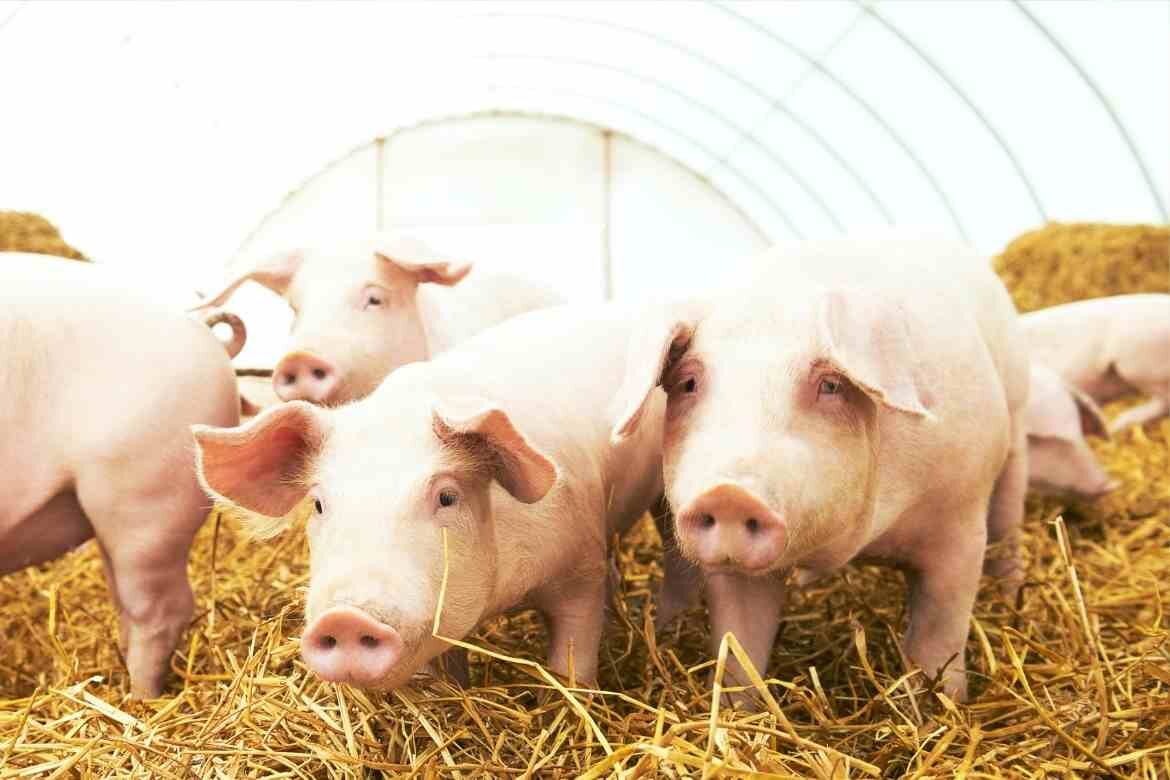A Teagasc review, released yesterday 14 June, 2022, has concluded that higher output prices across most farm enterprises were the main driver of the increase in farm incomes in 2021. But, the scale of the increase in income varied considerably across farm systems.
The observations were noted in the Teagasc National Farm Survey 2021, and are representative of almost 85,000 farms in Ireland.
Summing up factors which affected production costs, it appears that in general farms experienced an increase in production costs, as key farm input prices for fuel, feed and fertiliser all rose in 2021, which marked the beginning of the escalation in costs that has since intensified in 2022.
Teagasc’s analysis
As the global economy emerged from the slowdown of lockdowns, supply chains struggled to respond to increased demand, leading to sharp increases in crude oil and natural gas prices, with knock on increases in fertiliser, fuel and electricity prices as well as prices for a wide range of goods and services across the economy. Collectively these led to a significant increase in farm production costs in 2021.
Rising international agricultural commodity prices were a feature of 2021 and these price increases led to higher farm level output prices in Ireland.
Weather conditions in Ireland in 2021 led to average grass production and the weather was good in the case of Irish cereal crop production, leading to an overall increase in cereal yields.
Across the key farm output categories, cereal and milk prices performed best in 2021. Prices for cereal crops were up by over 30% in some instances in 2021 compared to 2020, while a 13% increase in average milk price was recorded.
Lamb prices also increased by almost 30%. Cattle price increases were smaller but significant at 8% for young cattle and 12% for prime cattle.
Dairy
In spite of higher Dairy system production costs, which rose by 11%, a further increase in milk output volume and significantly higher milk prices, resulted in an average dairy farm income of €97,350 in 2021, an increase of 23% or €18,300 on the 2020 level.
Cattle Rearing
In the Cattle Rearing system, which is made up of farms that are mainly specialised in suckler beef production, costs increased by 10% in 2021. However, the value of output on cattle rearing farms increased in 2021 by 15%, mainly due to higher cattle prices. The value of support payments for Cattle Rearing farms also increased in 2021. Overall, the average Cattle Rearing income of €10,927 in 2021, was up 30%, or €2,500 compared with the 2020 level.
‘Cattle Other’
In the ‘Cattle Other’ system, comprising mainly of beef finishing farms, but also includes farms selling store cattle, production costs increased slightly in 2021. While support payments were lower, the value of farm output increased by 3% due to higher cattle prices. In combination this resulted in an average income of €16,416 in 2021 for the Cattle Other System, an increase of 6% or €900 compared with the 2020 level.
Sheep
Production costs rose on Sheep farms in 2021, largely due to higher feed prices, but the sector experienced a 16% increase in the value of farm output, which was driven by higher lamb prices. On average, the level of direct payments for Sheep farms was down slightly. The average income on Sheep farms reached almost €20,500 in 2021, an increase of 14%, or €2,600 relative to the 2020 level.
Tillage
Due to higher fertiliser, feed and contracting charges, production costs on tillage farms increased in 2021 by 34%, a much larger percentage increase than occurred in the grassland systems. However, the average income on tillage farms rose by 77% in 2021 to almost €59,000. This was because Tillage farms experienced particularly good production conditions in 2021, which led to higher crop yields. Substantially higher cereal prices in 2021 also helped to boost the value of farm output, which increased by 47%. The average level of support payments also increased slightly on tillage farms in 2021.
Pigs
While pig farm incomes are not reported in the Teagasc National Farm Survey report, data shows that incomes fell due to higher feed prices and other increases in input costs, combined with a significant fall in pig prices. These price movements meant that pig producers moved into loss making territory as 2021 progressed.
Taking account of the income developments across the various farm systems, the average family farm income rose by 26% in Ireland in 2021 to just over €34,300.
Read more about the Teagasc here.

